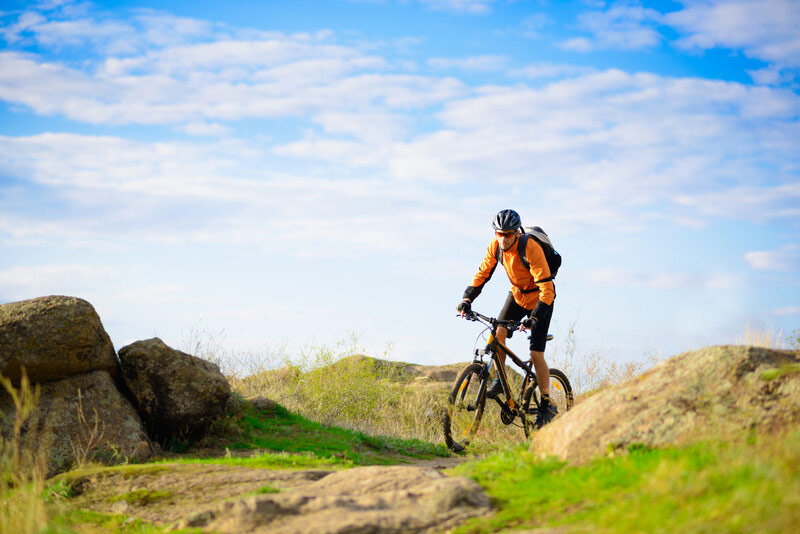Earlier this year, the osteopathic community celebrated International Osteopathic Healthcare Week with the theme of ‘move better with osteopathy’. The purpose of this notion is to encourage Australians old and young to move more to attain a long and active pain-free life and if needed or wanted with the help of their osteopath. It was developed due to increasing levels of a sedentary lifestyle in the population mainly evolving around age, education level, socioeconomic status but also massively by poor health or injury. So, let’s dive a little deeper into movement, its benefits and how your osteopath can get you back on track if you’re limited by your health…
What Is Movement?
According to the World Health Organisation (WHO), physical activity is described “as any bodily movement produced by skeletal muscles that requires energy expenditure”. This can include not only sports but walking, hiking, running, swimming, cycling, gymnastics, dance, ball games, going to the gym, martial arts and the list could go on.
Now, the majority of international guidelines recommended that around 150 minutes per week of moderate to vigorous intensity physical activity or movement is achieved. This can vary slightly depending on your age and general health.
The Benefits of Movement
Movement is great for improving your overall general physical and mental health and wellbeing and reducing your likelihood of death. Other important benefits of movement include:
- Reducing your risk of cancer, diabetes, stroke, and heart disease
- Improving your mood
- Reducing your stress
- Improving your brain function
- Improving your motor function
- Helping your breathing and heart function
- Strengthening your body including muscle and bone strength
- Improving your balance
How Can Your Osteopath Help You to Move More?
Well, with musculoskeletal disorders continuing to be a leading cause of disability worldwide and a major contributor for Australian’s lack of physical activity as they are unsure of how to exercise safely for their condition. This is where your osteopath can come into handy. Your osteopath will assess your presenting complaint and relating areas of the body that may influence optimal biomechanical function and cause pain. Then, through manual therapy, education, and rehabilitation, they can provide pain relief and improve your function that allows you to move more.
If you need help from your Osteopath to get moving more, speak to them at your next appointment.
References
Australia Bureau of Statistics. (2014). Australian Idle: Physical Activity and Sedentary Behaviour of Adult Australians. https://www.abs.gov.au/ausstats/abs@.nsf/Lookup/4156.0.55.001main+features4Nov%202013
Exercise & Sports Science Australia. (2021). New Government report tackles physical inactivity barriers in Australia https://www.essa.org.au/Public/News_Room/Media_Releases1/2018/New_Government_report_tackles_physical_inactivity_barriers_in_Australia.aspx
Fryer, G. (2017). Integrating osteopathic approaches based on biopsychosocial therapeutic mechanisms. Part 1: The mechanisms. International Journal of Osteopathic Medicine, 25, 30-41. https://doi.org/10.1016/j.ijosm.2017.05.002
Posadzki, P., Pieper, D., Bajpai, R., Makaruk, H., Könsgen, N., Neuhaus, A. L., & Semwal, M. (2020). Exercise/physical activity and health outcomes: an overview of Cochrane systematic reviews. BMC Public Health, 20(1), 1724. https://doi.org/10.1186/s12889-020-09855-3
Vaughan, B., Morrison, T., Buttigieg, D., Macfarlane, C., & Fryer, G. (2014). Approach to low back pain – osteopathy. Australian Journal for General Practitioners, 43, 197-198. https://www.racgp.org.au/afp/2014/april/osteopathy

